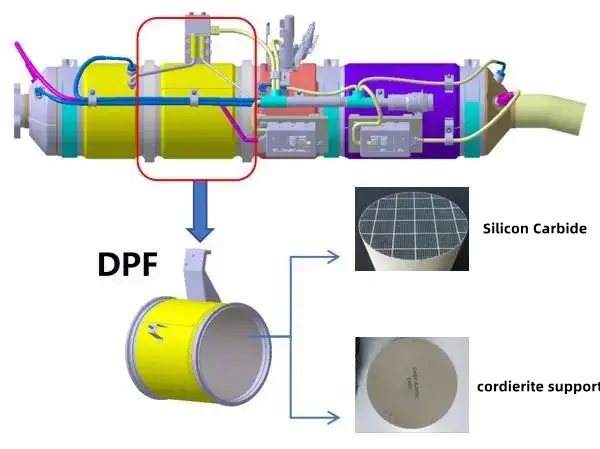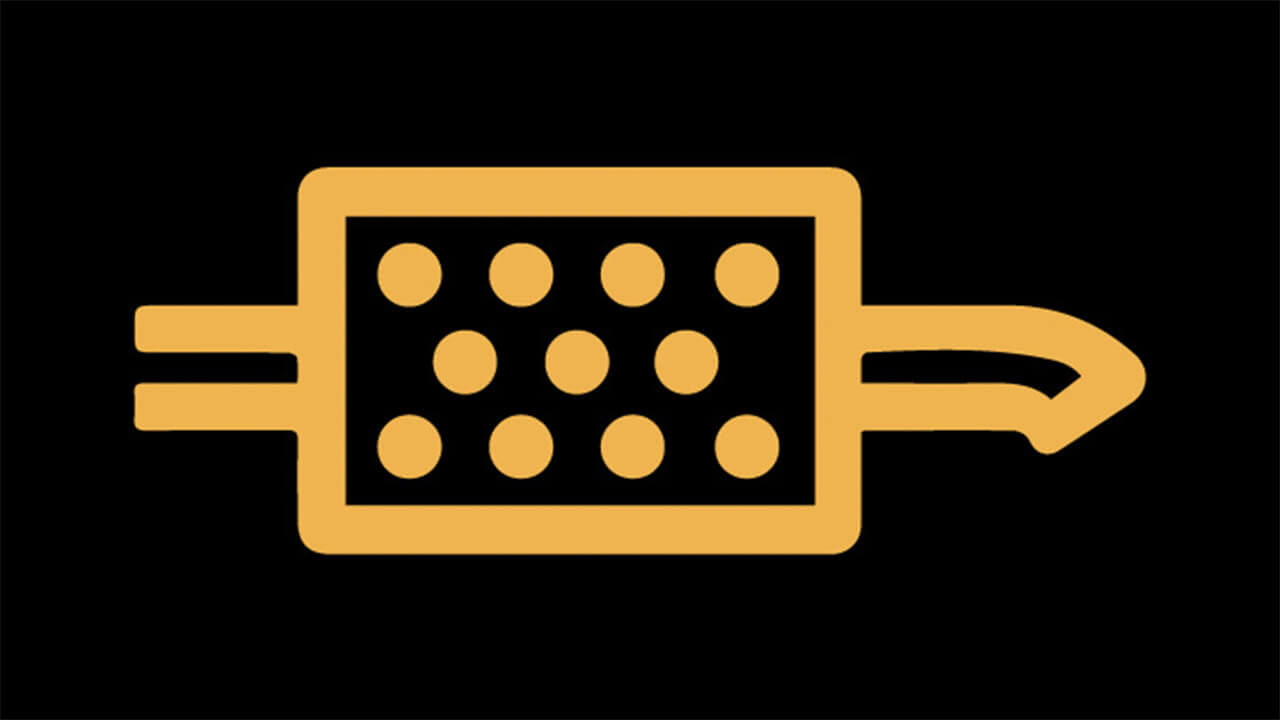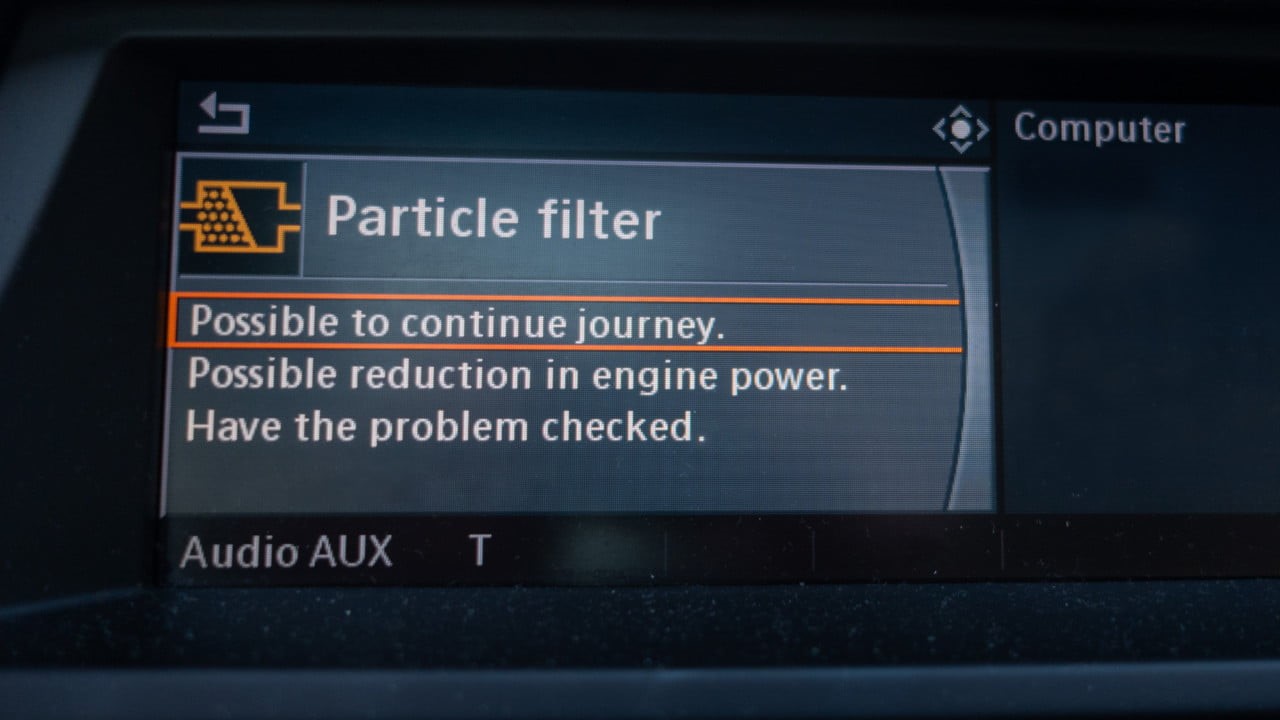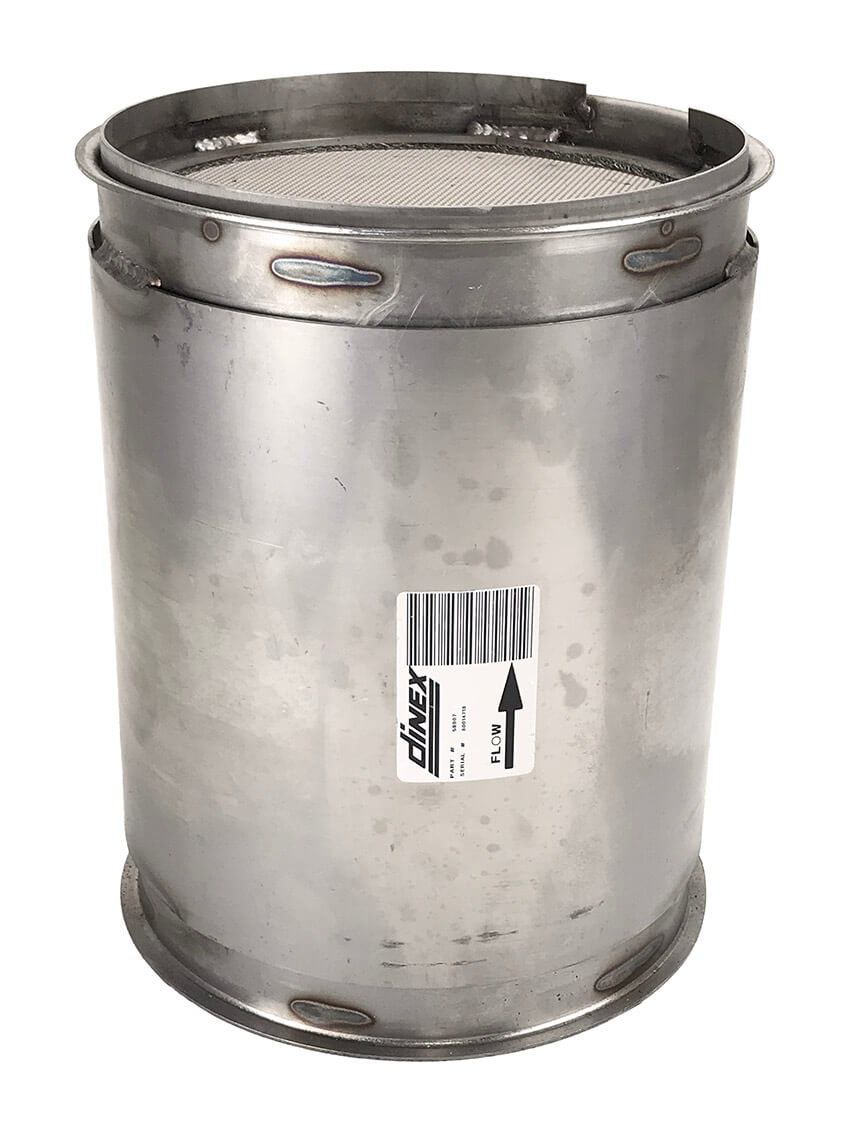What is a DPF (Diesel Particulate Filter)

What is a DPF?
- How does a DPF work?
- Why is the DPF warning light illuminated on the dashboard?
- What’s the difference between an Orange DPF warning light and a red warning light?
- How long does a DPF last, and how much does a DPF cost?
How does a DPF work?
Simply put, a DPF is a filter. Once the DPF has captured polluting soot, it is stored until the engine reaches a high enough operating temperature to burn the soot, converting it to less polluting ash.
This process is called regeneration, and in DPF terms there are passive regeneration and active regeneration.
“Passive regeneration” technology uses heat from exhaust gases while driving, and typically requires 30 to 45 minutes of driving on a motorway or A-road to burn the soot.
“Active reply” is designed for “passive reply” can not be achieved. It’s usually started every 300 miles or so, and extra fuel is injected to raise exhaust temperatures.
Why is the DPF (Diesel Particulate Filter) warning light illuminated on the dashboard?
Normally, if the DPF (Diesel Particulate Filter) of a diesel vehicle is clogged, the DPF warning light will be orange. This is an easy problem to fix and usually just means the car needs to be “running well” at a constant speed for the DPF to work properly and use the heat from the exhaust to turn the soot into ash. This is usually the case with diesel cars, as they can’t go many miles, or for short trips. As mentioned, drive longer at a constant speed above 50 mph and you should see the DPF light disappear. However, if the light turns red, it could mean a more serious problem that could damage the DPF if ignored.
What’s the difference between an orange DPF warning light and a red warning light?
The engine warning light is similar to a traffic light system. So red usually means a stop and you should look at the problem immediately, or do so as soon as possible. If ignored, you could do more damage. An orange light is usually a warning, meaning the driver should take action to correct the problem in the near future. A green warning light is usually a reminder that everything is fine. In the case of a DPF light, orange could mean something as simple as putting the car on a longer constant speed trip, while red could mean a more serious problem with the DPF.
How long does a DPF last, and how much does a DPF cost?
A DPF should last up to 100,000 miles if maintained properly with frequent longer journeys adhered to, making DPF issues less likely.
If a car needs a new DPF, costs can vary depending on the type of car. Usually it’s around £1,000 for a replacement but prices can be lower or higher depending on the exact specification of car in question.
Contact Sukorun for DPF help
Hopefully this blog has answered your DPF related questions, but if you require any assistance don’t hesitate in contacting us.
We offer Engine SCR Aftertreatment Nox sensor, DPF&DOC, Control Module, Fuel pump, Urea Dosing Pump and Exhaust Systems you’ll need to keep your vehicle in sound working order.



